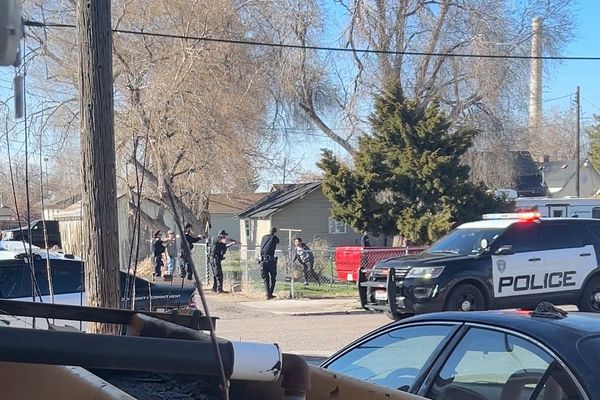
The U.K. government has announced plans to dismantle the remains of London’s Grenfell Tower, nearly eight years after the tragic fire that claimed the lives of 72 individuals. The fire, which occurred on June 14, 2017, marked the deadliest fire in Britain since World War II. The decision to deconstruct the tower has sparked mixed reactions, with some individuals advocating for the preservation of the building as a memorial to the victims.
However, the government has defended its choice, stating that the redevelopment of the site will aid in the healing process for the community. The 24-story Grenfell Tower, located in the North Kensington neighborhood of west London, has stood as a stark reminder of the tragedy that unfolded that fateful day.
In a statement, the government affirmed that Grenfell Tower will be carefully taken down to the ground. A public inquiry into the disaster revealed a series of failures by government entities, regulators, and industry players, which collectively transformed the building into a “death trap.”
The investigation did not pinpoint a single cause for the tragedy but highlighted a combination of factors, including deceitful companies, inadequate regulation, and complacent government oversight. These factors led to the installation of combustible exterior cladding during the building's renovation, enabling a minor refrigerator fire to rapidly engulf the structure and trap numerous residents inside their homes.







